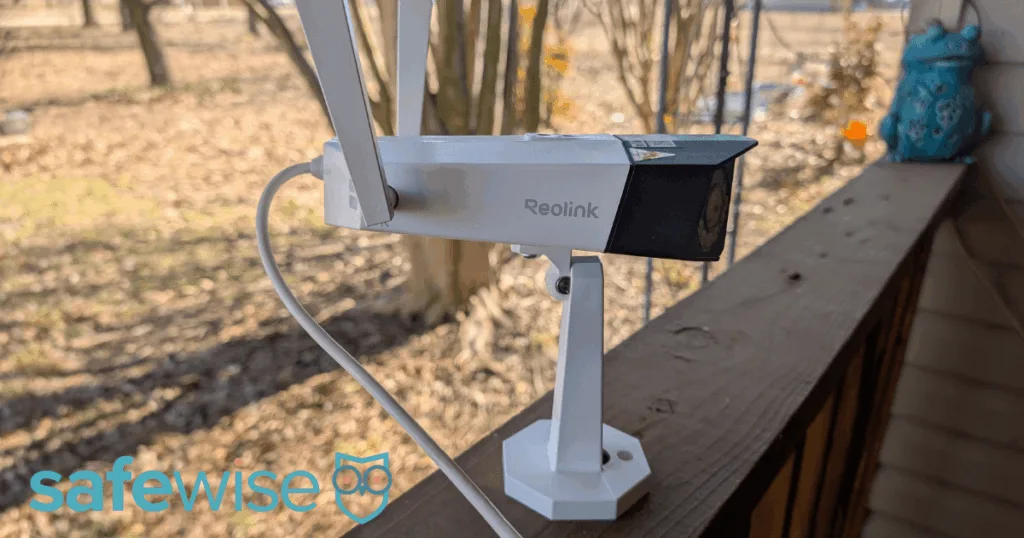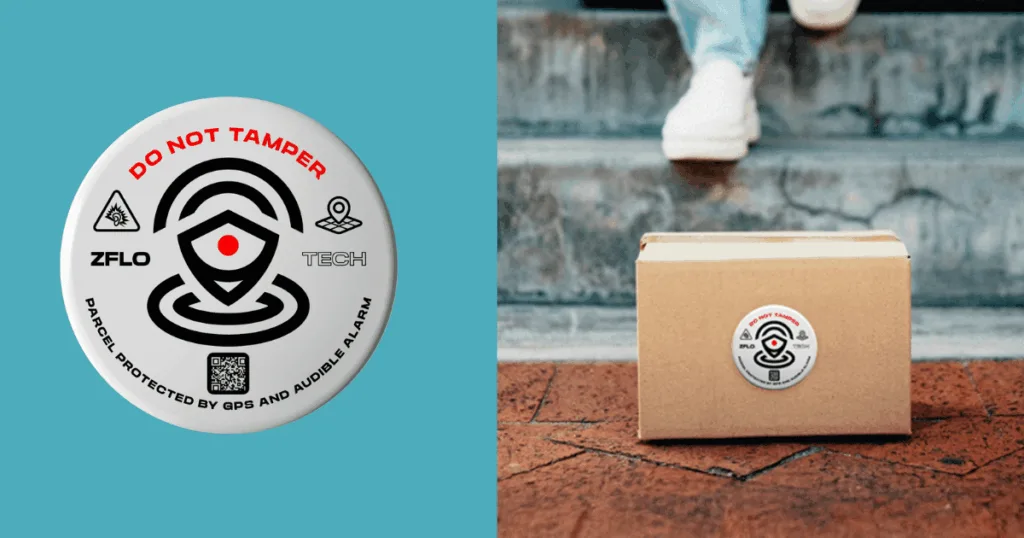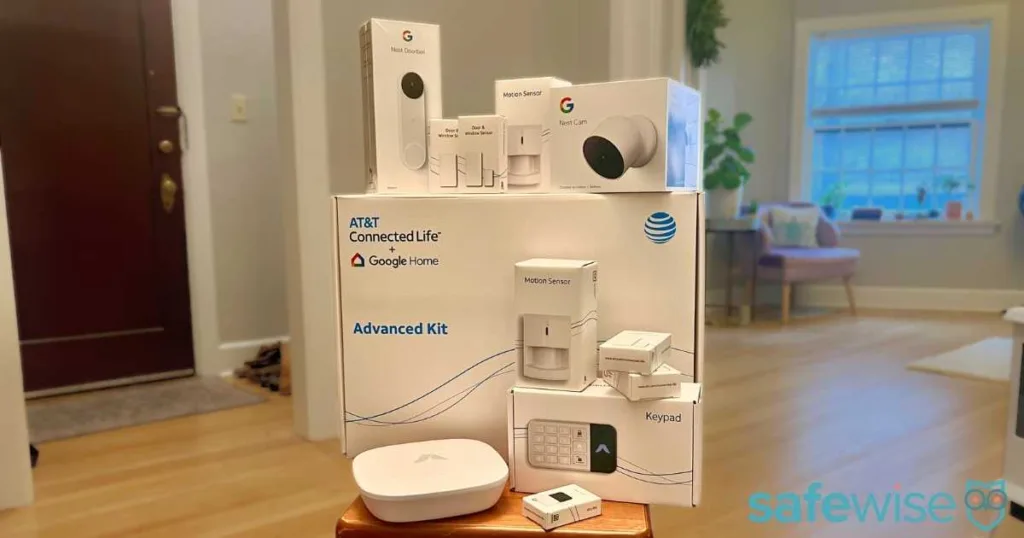From the big national brands like ADT with multiple monitoring centers, to DIY home security systems like SimpliSafe or Frontpoint that you can watch from your smart device, there are thousands of home security options to choose from. The best alarm system for your house makes life safer and more comfortable without breaking your budget or feeling too complicated. But how do you choose one? We've got the help you need to pick the right home security system without getting stressed.
How to Choose a Home Security System
For over 12 years, SafeWise has conducted independent research, hands-on testing, and expert consultations to provide trustworthy, human-written home safety advice. Read our methodology.
With 20+ years in tech journalism, Alina blends safety expertise with her passion for simplifying technology. Alina is also trained as a first responder and worked as a volunteer firefighter.
Find out more about how security systems work and the top security brands in the US.
How to choose a home security system
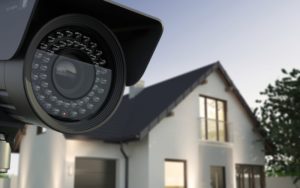
Video: How to choose a home security system
Subscribe to our YouTube channel and learn how to protect your home, loved ones, and belongings.

Choose your installation needs: Professional vs. self-installation
Security systems are easier than ever to install without professional help. Naturally, there are pros and cons to self-installed and professionally installed security systems.
Professional installation can come with steep installation fees, but you won’t have to do any of the work. Home security companies like Vivint and ADT send a trained professional to your home for a consultation. You’ll be able to discuss your security priorities, budget, and expectations with a real person. These professionals also offer product package bundling and years of industry experience to put you at ease.
On the other hand, a DIY system like SimpliSafe or Cove comes directly to your door pre-programmed and ready to go. These systems may not have as many bells and whistles as their professionally installed counterparts.
But they’re great for smaller homes that need the basics. Installation for these systems is a breeze since most of the equipment sticks onto your walls, doors, and windows.
Professionally installed security systems require an installation fee, but you don’t have to lift a finger. Self-installed systems are generally more affordable, but you need to do all the placement and installation yourself.
Compare the best home security systems
Use this table to compare the best home security systems head-to-head on equipment costs, monthly costs, contract requirements and smart home compatibility.
Info current as of post date. Offers and availability may vary by location and are subject to change. Read full disclaimer. *ADT $28.99 for landline system only. Full ADT disclaimer

Consider home size
Whether you opt for a DIY or professionally installed system, you’ll need enough equipment to fit your home. For example, the best security systems for apartment dwellers require fewer sensors overall. Professional installers for systems like Vivint can recommend the right-sized package and add-ons to fit larger homes.
Just remember to cover all the entrances and exits in your home with a sensor or camera, plus any other equipment to protect kids, pets, or the rest of your family. Even adding sensors to window wells and basement entrances can bring an extra measure of security.
You can expect to spend around $32 a month on average for professional monitoring services, though costs range from as low as $8 a month up to $60 a month depending on the provider you choose. If you don't want to pay for professional monitoring, check out our top picks for security brands have self-monitoring options.
Check out our article covering home security costs to learn more.

Decide on your budget
It’s tempting to put the price tag as your top priority, but look for the right equipment first, and the right price will appear. All of our favorite home security systems have different tiers of services and prices, each with their own set of advantages and disadvantages. You can find a great home security system on a budget, but you shouldn’t compromise safety while doing it.
When looking at your budget, prices boil down to a set of one-time and regular fees. Most security systems require a monthly payment for monitoring and a one-time payment for the equipment.
Reading the fine print before signing any home security company contract is wise. Most companies charge for cancellation after a trial period or could add extra fees for moving equipment from house to house.
Think about what features are important
Before choosing one type of home security system, you need to consider the best features for your home. First, ask yourself what you want to protect. Do you want a nanny cam for the little ones or monitors to catch leaky pipes?
Security systems do more than keep intruders out of your home. They can also communicate with your kids when they get home from school or tell you when that Amazon package arrived.
The right equipment package, payment plan, and features for you depend on what you want to do with your system. In today’s market, there are three main types of security system packages available: home automation, security equipment, and environmental monitoring.
Smart home automation
Smart tech adjusts to your family’s schedule and preferences. Home automation can keep the lights on while you’re out of town or let the dog walker in while you’re out of the house.
Environmental monitoring
Equipment like smoke alarms, pipe freeze detectors, and leak detectors fall into this category. Families with older homes should especially look for devices in this category.
Security equipment
Traditional home security devices like burglar alarms, glass break detectors, and outdoor cameras are helpful if you’re worried about issues like intrusion, theft, or vandalism.
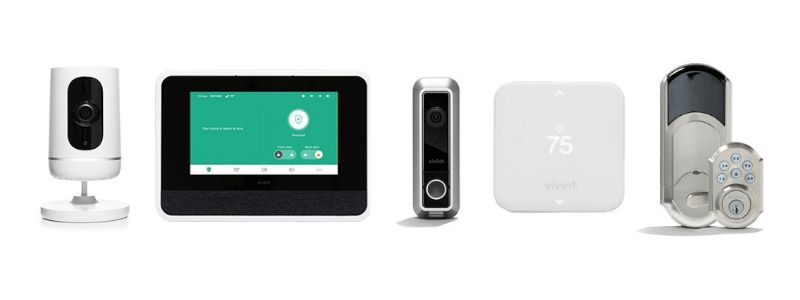
Common home security equipment and features to choose from
We made a list of standard security system equipment most companies carry. Security providers tend to bundle devices differently, so it’s essential to keep your priorities in mind as you browse through product packages. Grab a pen and paper and make a list of what you'll need.
Professional monitoring
What it does: Professional monitoring connects your security system to a professional call center that can contact emergency services for you.
What it’s good for: Professional monitoring is ideal for catching emergencies before they become disasters and providing a calm voice to guide you in a stressful situation.
Learn more: What Is Alarm Monitoring and How Does it Work?
Wireless monitoring
What it does: Wireless monitoring uses radio signals to connect devices in your home, allowing the sensors to send alerts to the base station. This results in a push notification on your phone or a call to the monitoring center.
What it’s good for: Get a wireless security system to make installation easier, simplify moving to a new house, and for functionality during a power outage.
Learn more: Are Wired or Wireless Home Security Systems Better?
Video doorbell
What it does: Video doorbells record who stops by your front step and let you speak with them remotely through your smartphone.
What it’s good for: Use your doorbell camera to talk to the mailman, shoo away solicitors, welcome guests, and catch package thieves.
Learn more: Best Video Doorbell Cameras
Floodlight camera
What it does: A spotlight or floodlight camera records video clips and lights up the surrounding area when it senses motion.
What it’s good for: Use a spotlight camera to catch intruders, stop curious animals, catch sneaky teenagers, and to light your path at night.
Learn more: Best Floodlight Cameras
Door/window sensor
What it does: Entry sensors tell you when a door or window opens.
What it’s good for: Use a door and window sensor to guard entrances and alert you when kids access off-limits rooms or cabinets.
Learn more: Best Door and Window Sensors
Glass break sensor
What it does: Glass break sensors can alert you to loud noises and broken glass.
What it’s good for: Use a glass break sensor to trigger an alarm for scaring off intruders who enter through broken windows.
Learn more: How Does a Glass Break Detector Work?
Motion sensor
What it does: Motion sensors can alert you when they detect motion.
What it’s good for: Use a motion sensor (AKA motion detector) to help keep kids and large pets out of dangerous areas. They can also alert you to intruders in your home.
Learn more: The Beginner's Guide to Motion Sensors
Smart home integration
What it does: Smart home integrations allow your security system and smart home devices to team up for more convenient control options from a single app.
What it’s good for: Use smart home integration to add voice controls to your system and for creating custom automation routines to help your smart home security system run smoother. Some smart home devices include smart locks and smart doorbells.
Learn more: Best Smart Home Security Systems
Abode smart security systems are the only pick for Apple users because they are the only ones compatible with Apple Homekit.
Two-way talk
What it does: Two-way audio turns a device (either a control panel or security camera) into an intercom you can speak and listen through.
What it’s good for: Use two-way audio to check on the kids, get the dog off the couch, speak to visitors, catch intruders, and call for help with security systems like ADT.
Learn more: What is ADT's 2-Way Voice and How Does It Work?
Carbon monoxide detector
What it does: CO detectors activate an alarm when sensing carbon monoxide in your home.
What it’s good for: A carbon monoxide sensor can save lives and send alerts when you’re home and away.
Learn more: Best Carbon Monoxide (CO) Detectors
Flood sensor
What it does: Flood sensors alert you of leaks and pooling water.
What it’s good for: Use a flood sensor to help prevent serious water damage and to catch issues with your plumbing and appliances.
Learn more: Best Water Leak Sensors
Freeze sensor
What it does: Freeze sensors alert you of severe drops in temperature.
What it’s good for: Use a freeze sensor to help prevent frozen pipes that can lead to serious plumbing issues.
Learn more: How to Protect Against Frozen Pipes in Your Home
Fire and smoke alarm
What it does: Fire and smoke alarms can alert you to fire, smoke, and severe heat.
What it’s good for: Use a smoke detector to help prevent fires in your home.
Learn more: Best Smoke Detectors
Nanny camera
What it does: Nanny cameras watch over nurseries, kids’ rooms, and caretakers.
What it’s good for: Use your nanny cam to catch up with the nanny or babysitter, help aging parents, and watch pets while you’re away.
Learn more: Best Nanny Cams
Panic pendant
What it does: Panic pendants provide a wearable shortcut to emergency services.
What it’s good for: Use a panic pendant to help people who are aging or have a disability in an emergency.
Learn more: What Is a Panic Pendant and How Does It Work?
How to Choose a Home Security System FAQ
Vivint offers a unique blend of affordability and high-end equipment, making it our top pick.
Landline security systems use a home phone connection to link security devices and monitoring together. They aren’t as common anymore because they’re easier to tamper with. But folks in rural areas may find that this is their only option if cell reception is poor where they live.
Broadband security systems connect to the professional monitoring center through your home’s internet connection. So if your home’s Wi-Fi goes out, so does your security system. The good news is it’s harder to tamper with than landline security, making it a little safer. All self-monitored security systems and most DIY security systems use an internet connection.
Cellular services are about as expensive as broadband security systems, but you won’t have to deal with hardwiring or power failures. Your devices can “talk” to each other and the professional monitoring center from your home using cellular uplink. The majority of professionally-monitored security systems use a cellular connection.
Most security system companies allow you to take your system to a new home, but some will charge you to buy new equipment or reinstall new devices.
If you move frequently, self-installed systems are much easier and cheaper to use.
For those on a budget, the short answer is “no, but it helps.” Home automation, smart security and smart home devices have a variety of functions (and prices).
From something as simple as a smart outlet that lets you turn lights on and off remotely to more sophisticated equipment like a smart doorbell, it all boils down to what makes your life easier and safer.
Smart home equipment is getting better and more affordable every year, so if you’re building a home security system, it’s not a bad idea to start integrating smart devices now.
SimpliSafe is our choice for the best DIY home security system. It offers affordable monitoring and equipment, a long warranty and a 60-day return policy.
- ADT vs. Vivint Smart Home Security
- ADT vs. Frontpoint Home Security
- ADT vs. Ring Home Security
- ADT vs. Brinks Home Security
- ADT vs. ADT Self Setup
- Ring Alarm vs. Frontpoint
- SimpliSafe vs. Vivint
- SimpliSafe vs. ADT
- Vivint vs Frontpoint
- Vivint vs. Ring Alarm
- SimpliSafe vs. Ring Alarm
- SimpliSafe vs Abode
- SimpliSafe vs. Brinks
- SimpliSafe vs. Frontpoint
- SimpliSafe vs. ADT Self Setup
Need help deciding? Take our home security quiz
Recent Articles
